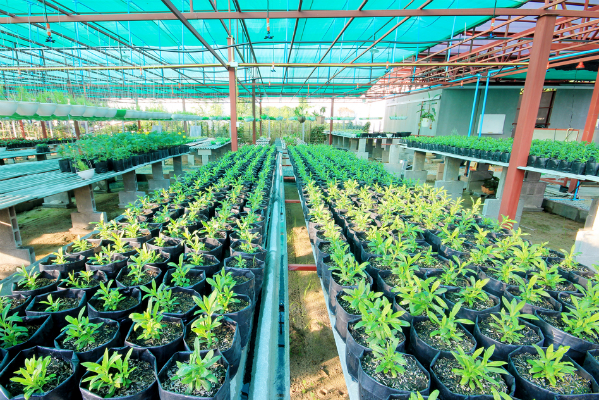Do Dogs know self?
My guess is this title doesn't make too much sense. What does it mean? Its pretty much do they have a sense of self do dogs know themselves apart from others. In this article you will hear about how people have tested dogs to find the answer through just daily life and tests that are done. Do dogs really have a sense of self?
There were tests conducted to find this out. Scientists used a mirror to test this by putting a dot on an animal's head (including human we are animals to) and showing them themself in the mirror. Most of their subjects passes by touching the dot and that shows they know “thats me in the mirror” but dogs did not the would just think it's another dog or something they should sniff and mark. i just don’t think the mirror is the best example and neither did Roberto Cazzolla who came up with another way to test the dogs. He placed down something the dog who was being tested has urinated on and other things other dogs have. The dogs were let loose in the area to see how long they spent at each spot. When they simply did a fast sniff and walked by it was showing that they recognized it as them self. They did succeed in this test i believe this shows that they do recognize them self by scent not sight. So i say that dogs do have a sense of self and do know they exist separately from other and know there name as theirs.
My dog has also failed the mirror test not that i was trying to test him but if he looks into a mirror he doesn't know it's him he is afraid of the big dog in the mirror also known as himself. I still doubt him sometimes thought whether or not it's just him he will get suspicious about his own paw prints in the mud. I chose this because i believe they do have a sense of self and that someone questioned it made me curious on what it might be that they doubt and to see if my mind would be changed but i still believe the same. Do you think that dogs have a sense of self?
